There’s a queer sort of joy in watching cricket somewhere that doesn’t quite look built for it at all.
A crooked wooden pavilion, a flinty outfield, sheep nosing beyond the rope.
Then, thousands of miles off, concrete stands and a jagged skyline turning sunset into pink gauze.
The game stays the same; the stage keeps shifting.
This piece wanders from sleepy village greens in Cornwall, where the scorer still chalks up runs by hand, to alpine terraces in New Zealand, the salty air rolling over Hobart, and the ice of St Moritz.
Some grounds make you crane your neck at mountains, others invite a quiet nod towards a war memorial tucked square of the wicket.
None are perfect, thank goodness. They scuff bats, gobble fielders’ ankles, and send bowlers stumbling on footholes. But every one of them asks the same simple question: fancy a game?
Himachal Pradesh Cricket Association Stadium, India

Perched at 1,457 m above sea level in Dharamsala, the HPCA Stadium feels more like a mountaineer’s rest-stop than a cricket ground. Snow-dusted ribs of the Dhauladhar range loom behind the candy-red roofs, while a restless breeze skims the 23,000 seats. The outfield looked scuffed during the 2023 World Cup, yet no one minded once the ball vanished into the hills.
St Moritz Cricket Club
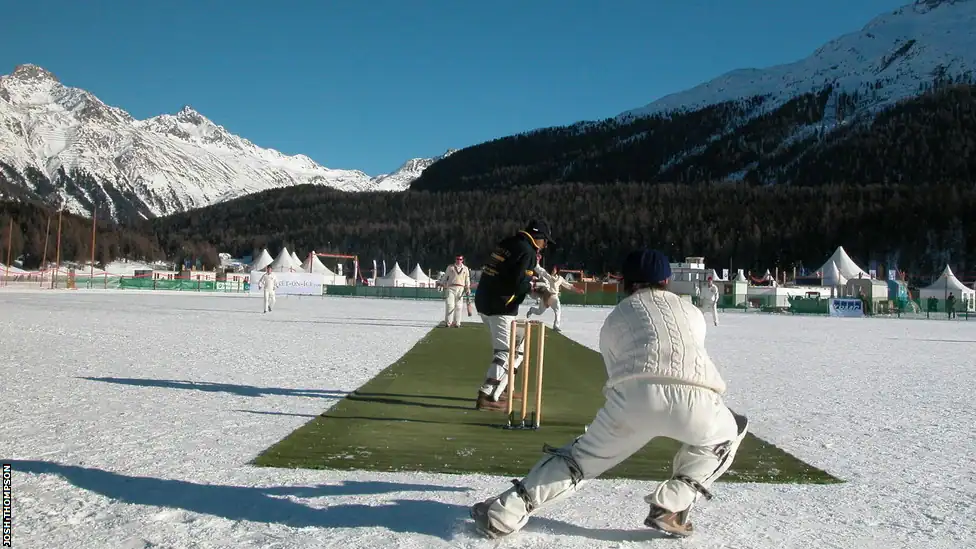
Each February, St Moritz Cricket Club hauls the stumps onto a sheet of ice and calls it Cricket on Ice. The “square” is a rolled-out strip of carpet; the outfield a glazed pan of packed snow, 1,822 m up in the Engadin. Fielders skid like curlers, edges ping into snow-banks, spectators nurse glühwein under a sky so clear it feels hollow. Summer’s game, only colder.
Wormsley Cricket Club
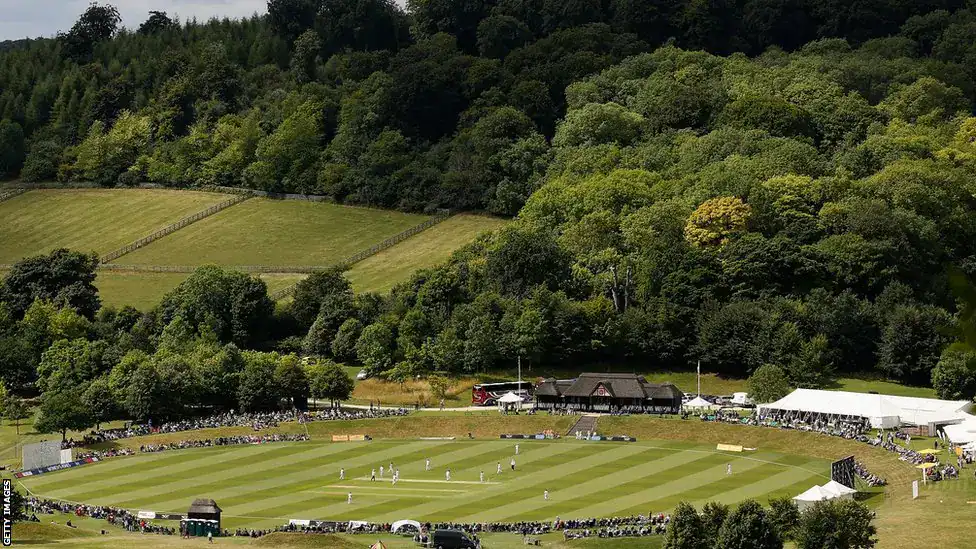
Hidden in the folds of the Chiltern Hills, Wormsley feels less like a club than an eccentric dream. Sir Paul Getty laid the square in 1992 on his private estate, copying the dimensions of The Oval. A thatched pavilion perches beside a neat ha-ha; red kites wheel overhead; the only roar comes from sheep or a passing MCC XI.
Newlands in Cape Town
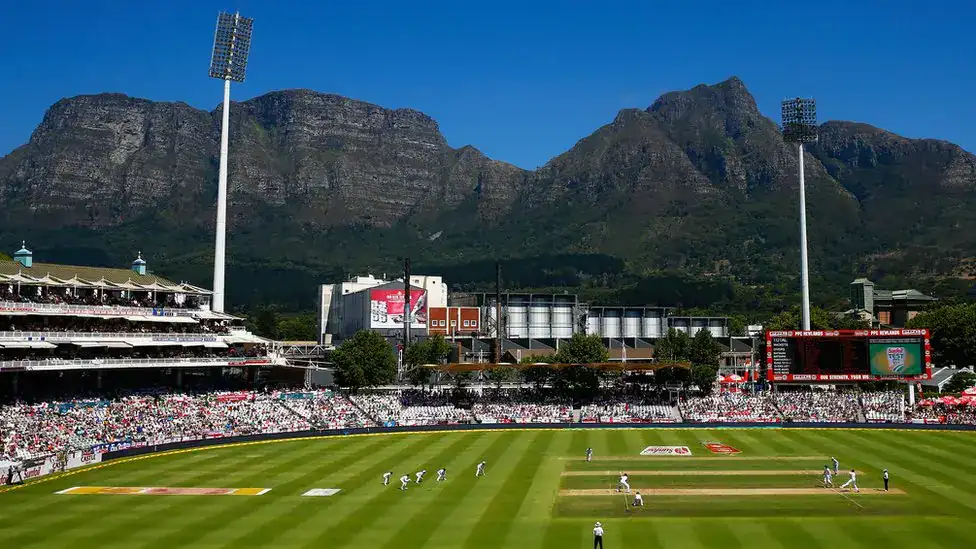
Newlands is cricket’s postcard everyone’s seen, yet it still nicks the breath each time you duck through the tunnel. Table Mountain and Devil’s Peak sit there like they’ve booked box seats, the sea breeze persuades the ball to wobble, and 25,000 Capetonians settle in under lemon sunlight. Grass banks have surrendered to new stands over the years, but the view still wins the argument.
Kapi’olani Park, home of Honolulu Cricket Club

Nestled between Waikīkī Beach and Diamond Head, Kapiʻolani Park hosts the oldest cricket club in the Pacific – Honolulu CC, founded in 1893. There’s no pavilion, just palms and picnickers, and the pitch is more ambition than bounce. But it’s cricket in board shorts, sea breeze at your back, with surf rumbling nearby. The scoreboard? Often a coconut propped on a stump.
Audley End in Essex
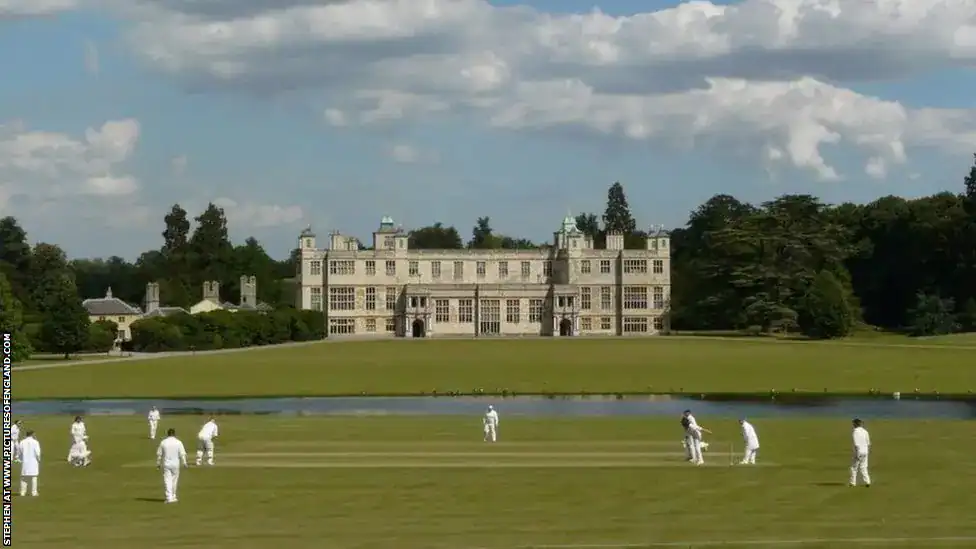
Audley End’s strip rolls out across the front lawn of a hefty Jacobean house just outside Saffron Walden. Lord Braybrooke scraped it into shape in 1842 and local sides – Audley End & Littlebury among them – still chatter through league matches here on summer Saturdays. You bat with chimney-stacks brooding at long-off, deer inching past the rope, and the gravel drive stepping in as boundary when the grass gets greedy.
Bude Cricket Club
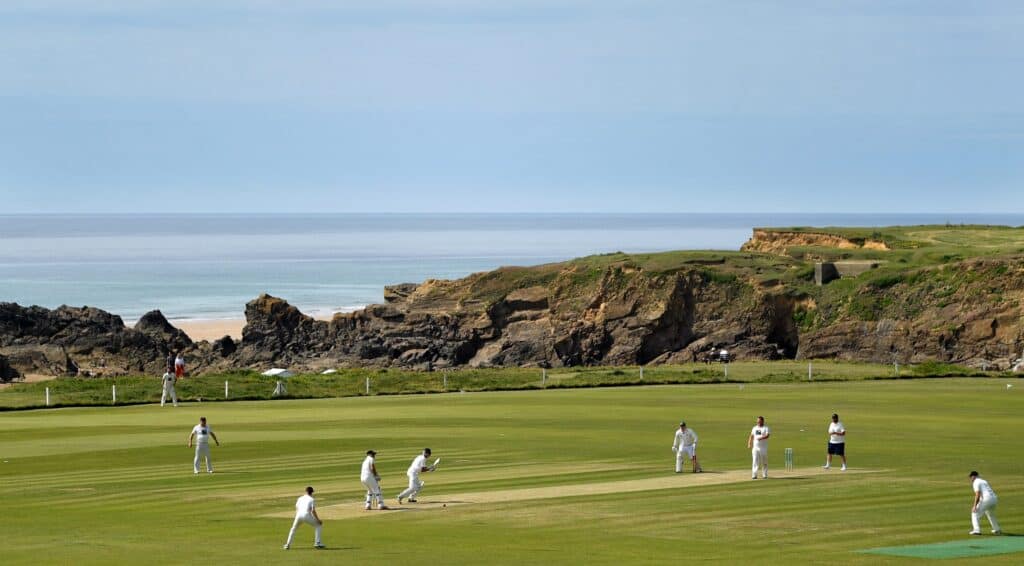
Perched on the clifftops above Crooklets Beach in north Cornwall, Bude Cricket Club plays hide-and-seek with the Atlantic. A sharp sea breeze nips at cover-point, gulls heckle the slip cordon, and a big hit can end up in soft sand or briny marram. No fancy stands, just a white-washed hut, a faintly ropey square, and the sense you’re bowling straight off the edge of England.
Canterbury Cricket Ground
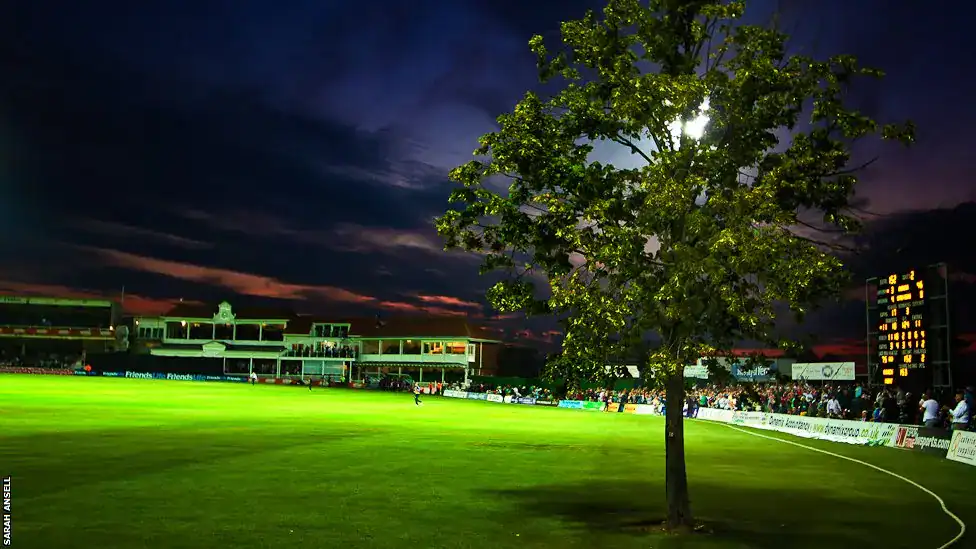
Canterbury’s St Lawrence Ground, now tagged the Spitfire Ground, keeps county cricket in a pocket of cathedral-city calm. Batsmen once had to clear a 120-foot lime tree inside the ropes; the breeze off Nackington Road still remembers the bark. On hazy days the cathedral’s spire flickers beyond the Frank Woolley Stand, and Kent old boys mutter about the tree that used to turn fours into robbed sixes.
Chitral, northern Pakistan
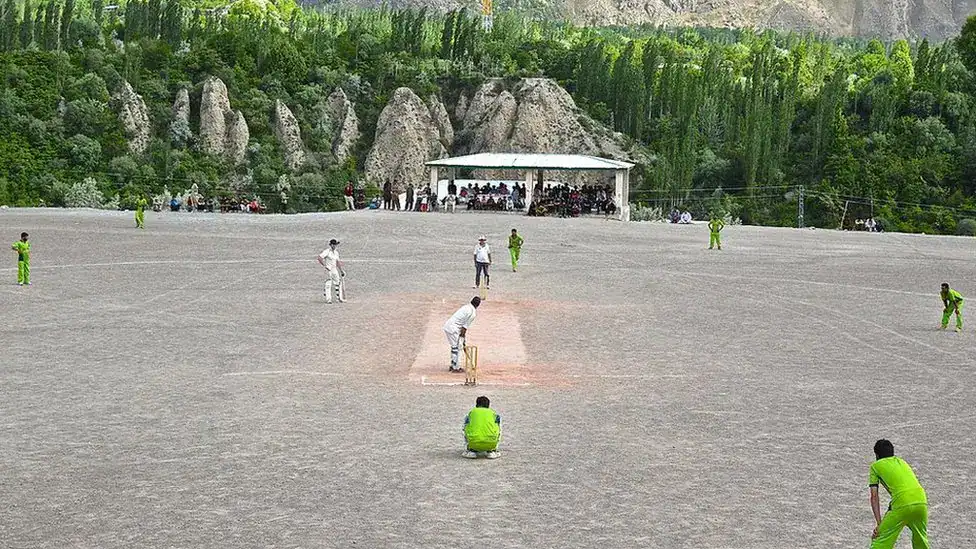
Up in Qaqlasht Meadows above Chitral, cricket feels like a dare. The “ground” is an alpine shelf around 2,500m, the wicket a strip of carpet, the outfield tumbling into wild thyme while the Hindu Kush bares its snowy teeth beyond the rope. Each spring, Jashan-e-Qaqlasht lures villagers to perch on rocks, goats steal the drinks, and any lost ball practically needs a sherpa.
Bamburgh Cricket Club
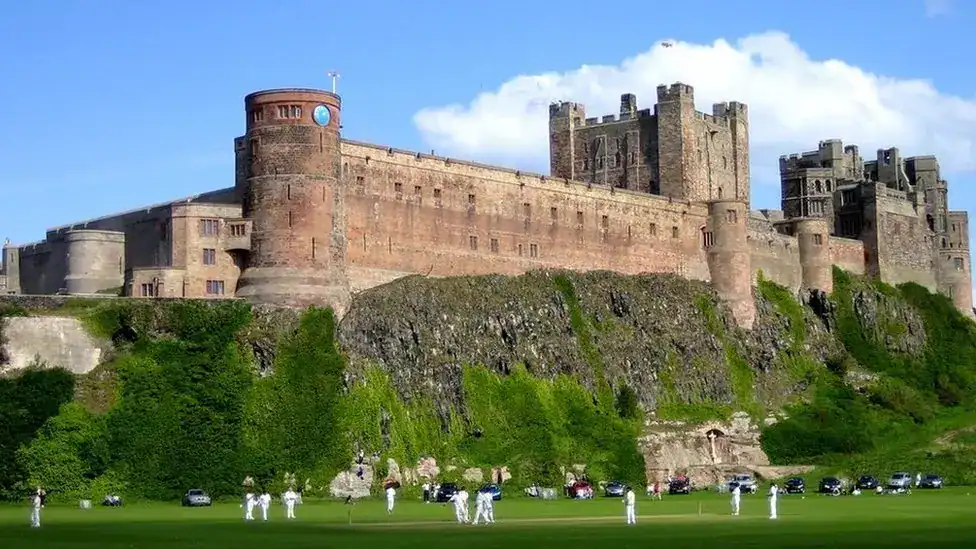
Up on the Castle Green at Bamburgh, cricket tries not to glance over its shoulder. The Norman fortress squats at long-leg, the North Sea blows salt off the dunes, and a firm cover-drive can skate across grass then tumble toward the beach. Players trade caps for woolly hats when the wind snaps round, yet nobody moans – the view bowls them over first.
The Basin Reserve in Wellington
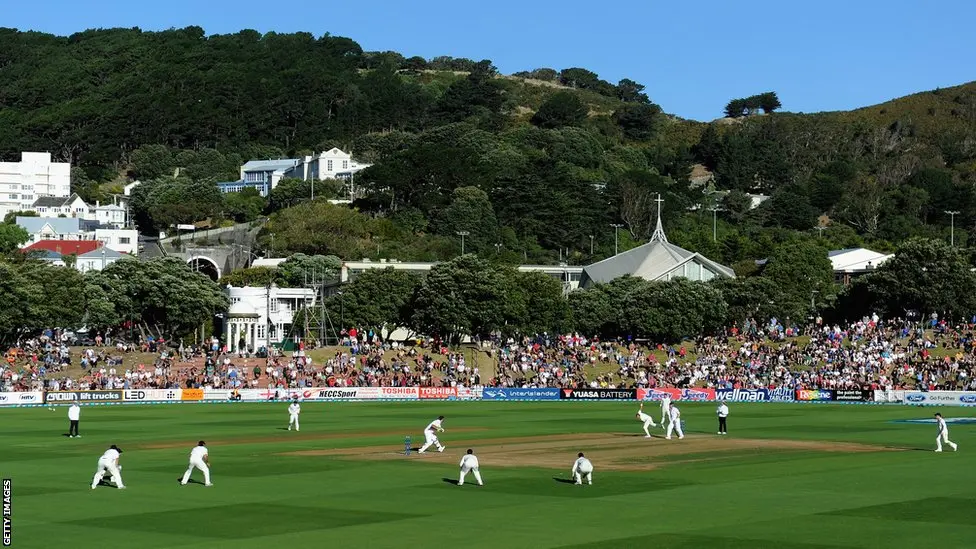
The Basin Reserve squats in a dried-up lake bed just off Wellington’s knot of streets. Trams clang along one boundary, Mt Victoria looms behind the other, and the Cook Strait southerly whistles right through gully. An elderly wooden scoreboard creaks, cabbage trees lean like nosy spectators, and you half expect a rogue bail to blow all the way to Cuba Street.
John Davies Oval
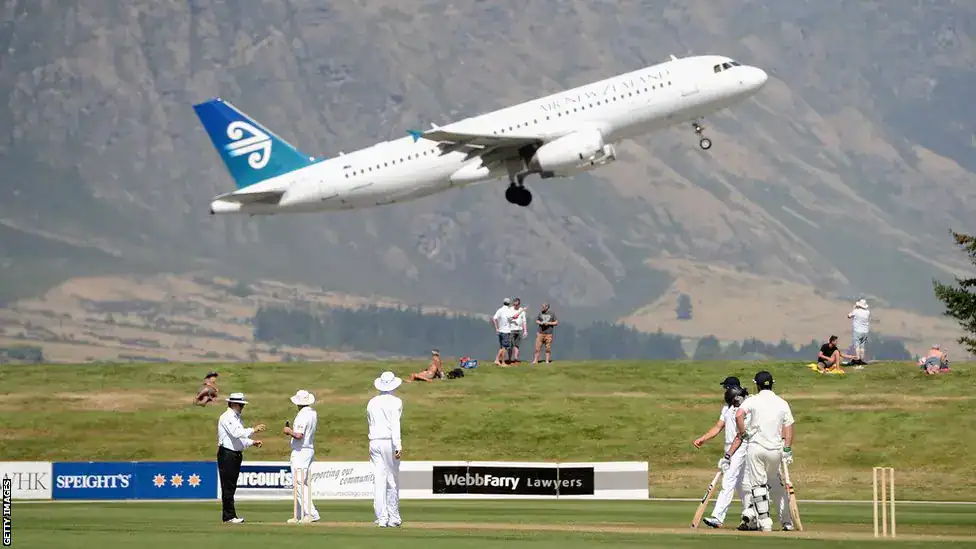
Tucked between the bruised ridges of the Remarkables and the silvery roll of Lake Wakatipu, Queenstown’s John Davies Oval feels like a postcard someone smudged with grass stains. One moment you’re setting a field, the next a jet hums low over mid-wicket on its glide to the airport. There are grassy banks, a pop-up 19,000-seat ring when needed, and a fickle breeze that can turn a neat clip off the pads into a skier.
Singapore Cricket Club
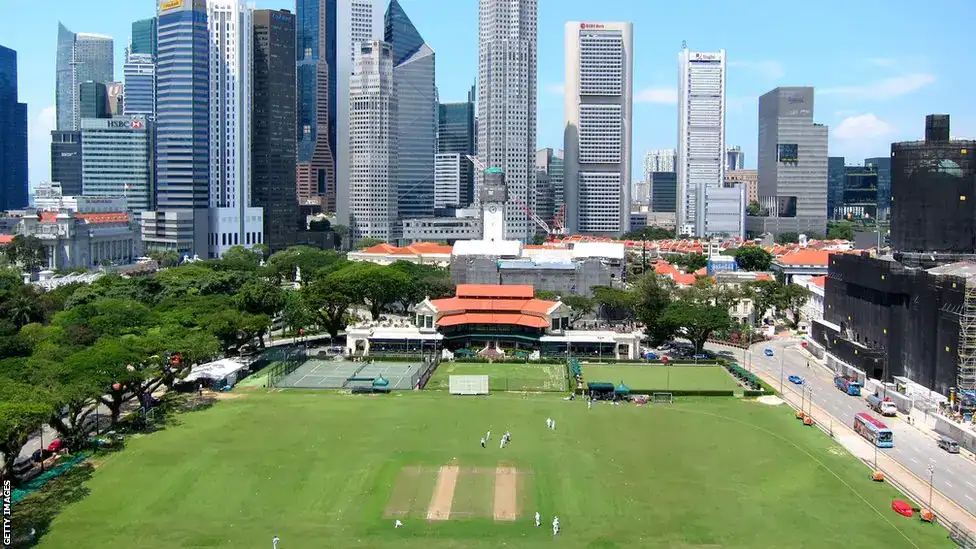
Right in Singapore’s civic heart, the Padang doubles as the Singapore Cricket Club’s front lawn and an open-air lounge. Victorian clubhouse to one side, glass towers to the other, the oval squats under equatorial glare, its ends named for Parliament House and the old Supreme Court. The scoreboard coughs, traffic from St Andrew’s Road mutters behind fine leg. Afternoon humidity makes the ball sweat; raucous mynas supply the sledging.
Portchester Castle in Hampshire
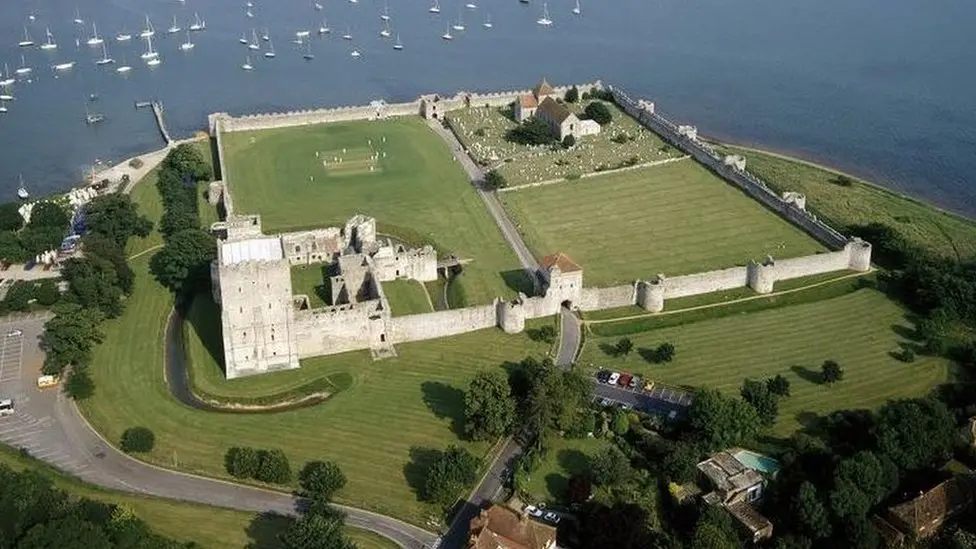
Inside the Roman walls of Portchester Castle, just north of Portsmouth Harbour, Portchester CC have been nudging singles since 1885. The pitch sits in the outer bailey, flanked by flint ramparts and a moat murmuring with mullet. Tourists peer from stone archways, fielders chase skiddy grazers across uneven turf, and a lofted drive can clatter ancient masonry before splashing into history.
Sedbergh School in Cumbria
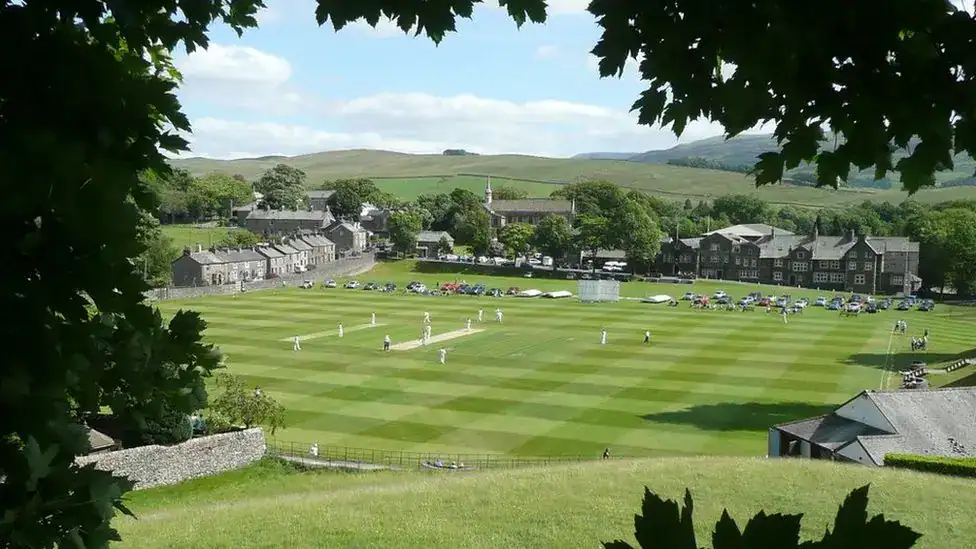
Sedbergh School’s main oval looks like someone flattened a green rug then forgot to take away the mountains. The Howgill Fells ring the boundary, sheep peer over the sightscreen, and county cricket drifts up each summer – Lancashire hauled their caravan here in 2019 and keep coming back. The BBC even slipped it onto a list of the world’s best grounds.
Milton Abbey School
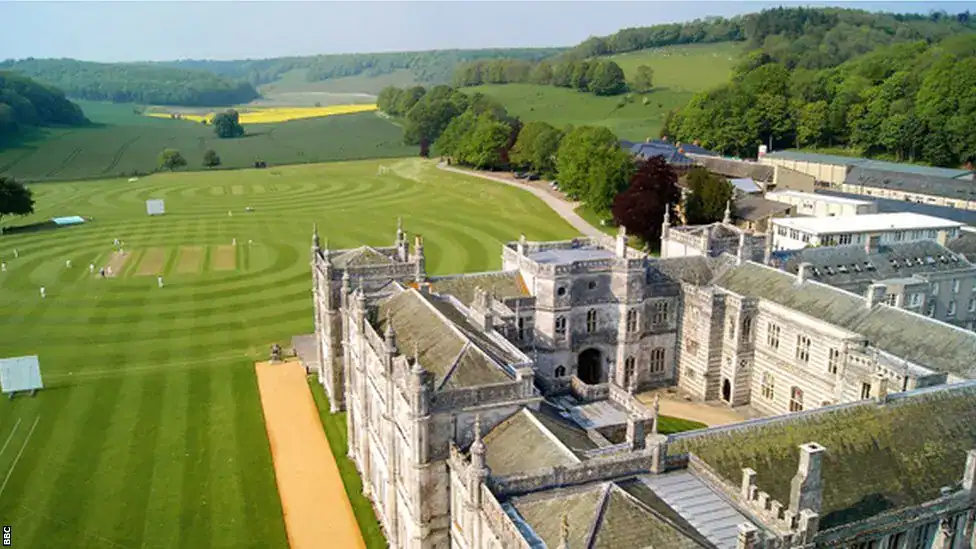
Milton Abbey’s 1st XI square sits on a slice of Capability Brown parkland in deepest Dorset. The 14-century abbey church towers behind the sightscreen, wooded valleys press in at cow-corner, and the whole scene looks like someone mis-spilled Lord’s onto an oil painting.
Oak Hill in Wicklow, Ireland

Oak Hill sits on a horse-stud at Kilbride, County Wicklow, purpose-built in 2008 by former ECB chair Peter Savill. Grass banks, a clapboard pavilion copied from his old school at Ampleforth, and the soft swell of the Wicklow Hills make it feel like Lord’s after a couple of pints. Ireland hosted South Africa A here in 2012; a year later the neighbours sued over the racket.
Kerry Cricket Club

Out at The Spa, just north of Tralee, Kerry CC’s Oyster Oval squints across Tralee Bay. On a clean swing the ball can arc straight into the Atlantic, locals swear, demanding a soggy replacement cherry. The ground, purpose-built on an old oyster bed, offers grassy banks, a clapboard hut, and that soft, gusty light you only find on Ireland’s western lip.
Gwadar Cricket Stadium in Balochistan
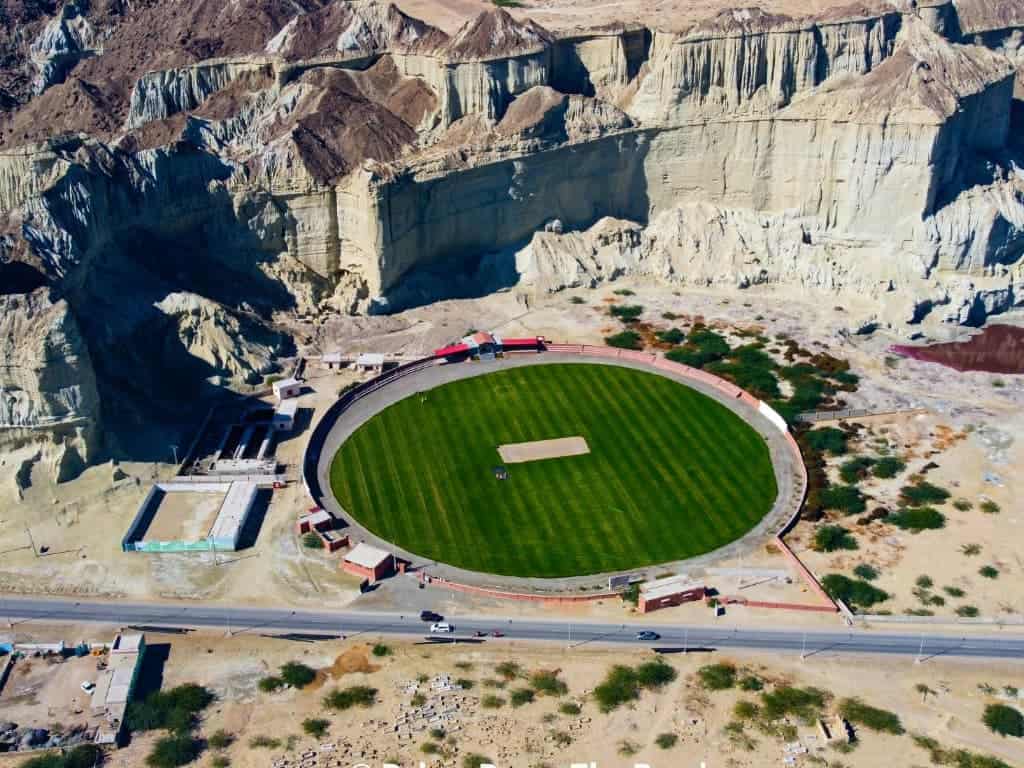
Gwadar Cricket Stadium squats in a rocky bowl outside the port-city, the terracotta cliffs of coastal Balochistan pressing in like ramparts. A lone green strip dares the desert glare; no stands, just folding chairs and a salty breeze off the Arabian Sea. When the Gwadar Dolphins met the Showbiz Sharks in February 2021, the pitch trended on Twitter long before it ever saw a first-class over.
Sir Vivian Richards Stadium, Antigua
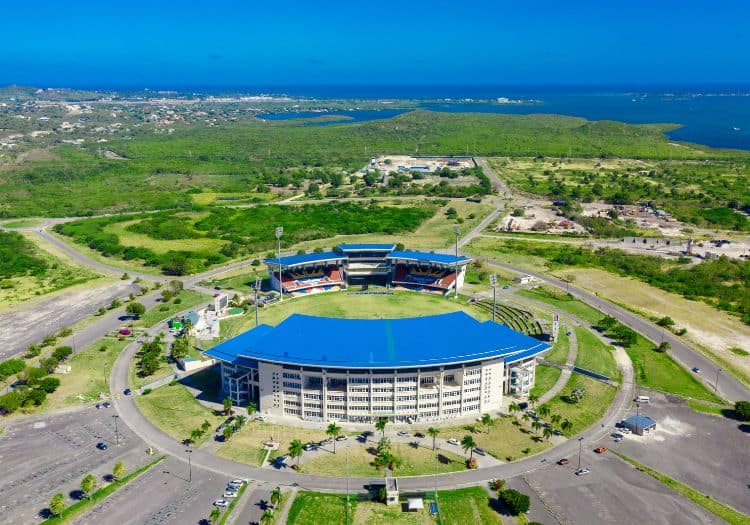
North Sound’s Sir Vivian Richards Stadium replaced the ramshackle Recreation Ground for the 2007 World Cup, yet it still feels half-finished in the salt wind. Two hulking cruise-ship stands glare at each other across an outfield baked the colour of rum cake; grass banks pad the gaps. Trade-winds tease the ball from the Ambrose End, and old-timers mutter that the racket was louder back in town.
Thrissur, Kerala, India
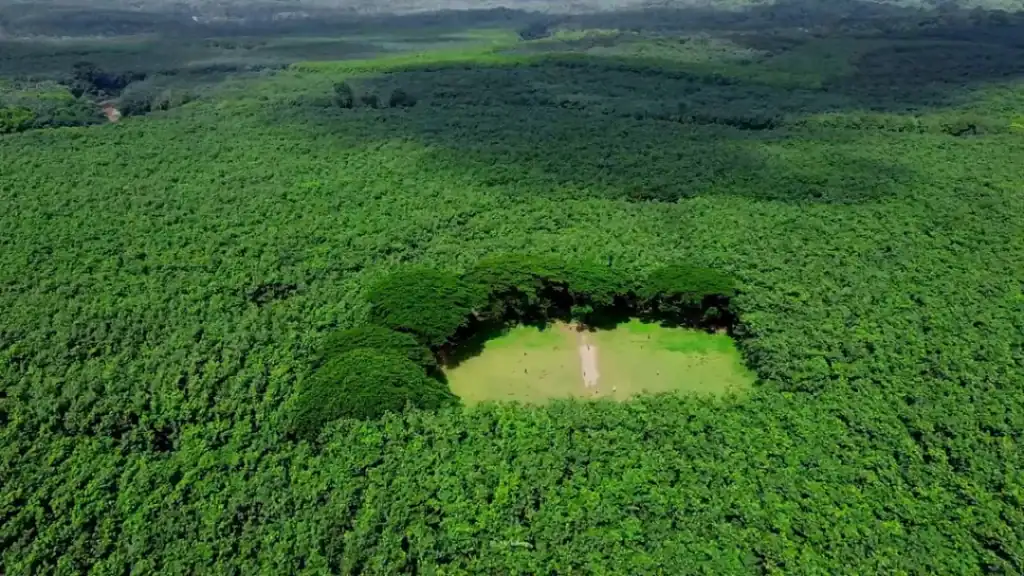
Tucked inside the Harrisons Malayalam plantation at Varandarappilly, Palappilly’s ragged strip has gone viral – Instagram’s 40-million voyeurs briefly mistook it for the Amazon. Jungle presses right up to mid-on, a red-dirt path doubles as the rope, and every lofted sweep demands a two-day search party. Locals shrug: it’s just cricket in a greenhouse, phones buzzing, bats staying damp.
Which ones is your favourite?
Are we missing an iconic cricket ground? Let us know and we’ll get it added.
